
While I was pregnant, one of the questions I was asked the most was “what are you eating and how has it changed since before getting pregnant?” I’ve touched on this briefly in the past but I wanted to do a full post on it since it’s such an important topic.
As always, I want to first preface this by saying that every individual has unique needs, so it’s always important to talk to a medical professional about what is best for you specifically. That said, there are several nutrients that are critical to ensure you’re getting enough of during pregnancy for the health of both mother and baby.
In pregnancy, greater amounts of many nutrients are required for growth and metabolism of both mother and baby’s tissues as well as for storage in the baby. While there are several metabolic changes that occur with regards to nutrient utilization to support these increased needs, there is also a dependence on increased maternal intake of these nutrients as well.
Below are several important nutrients to consider during pregnancy, why each is important to consider and where you can find sources of each. That said, I do know that many women suffer from morning sickness and food aversions. Talk to your doctor about incorporating a prenatal supplement to fill in any gaps.
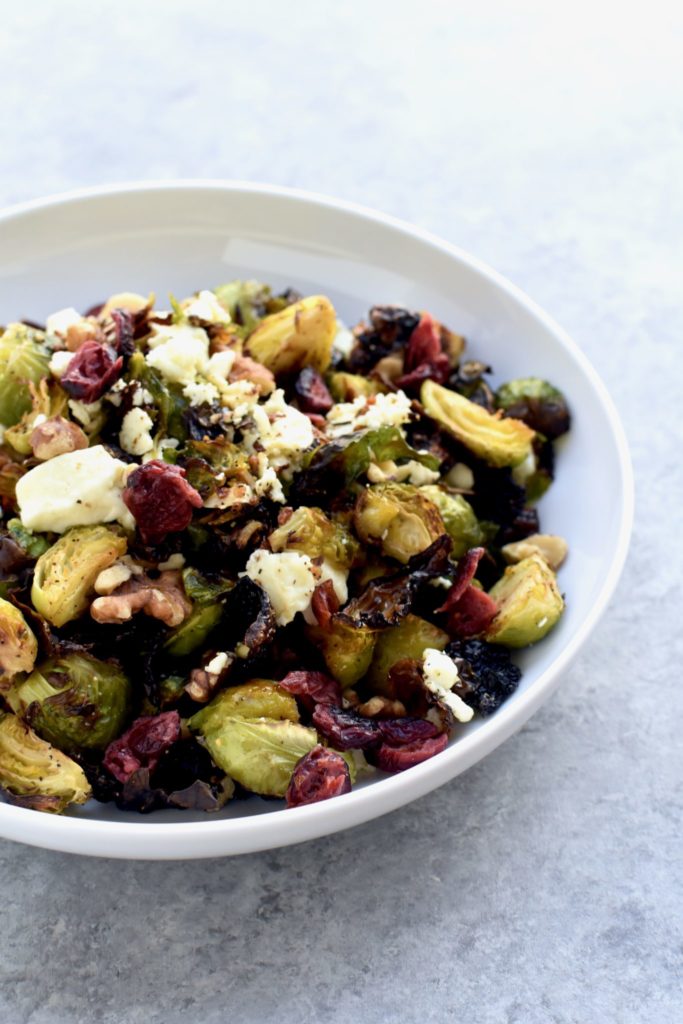
Iron
The body utilizes iron for many processes including hemoglobin creation (the protein in red blood cells that carries oxygen to other cells), as a component of myoglobin (a protein that aids in supplying oxygen to your muscles), collagen (a protein in bone, cartilage, and other connective tissue) and enzymes. It also helps to maintain a healthy immune system. Your baby will utilize iron for all these functions and more while growing and developing in utero.
It’s recommended pregnant women get at least 27mg/day of iron. This is to support iron that is retained by the baby while in utero, deposited into the mother’s placenta, utilized for the creation of additional maternal red blood cells, blood lost during delivery and iron retained by the mother’s increased red blood cell mass after pregnancy. In fact, throughout pregnancy, the amount of blood in your body increases by almost 50% to support your growing baby. This means you need additional iron to make more hemoglobin to ensure your extra red blood cells are well oxygenated.
Find Iron in: There are two types of iron: heme and non-heme. Heme iron comes only from animal products (such as red meat, poultry and fish) and is easier for your body to absorb. Non-heme iron comes from plants (such as legumes, vegetables and grains). Note that, while I’m not calling it out specifically, it’s also important to get enough Vitamin C in your diet (from sources such as citrus fruits and leafy greens) as it aids in the absorption of iron.
Protein

Protein is made up of amino acids which are the foundational building blocks of both you and your baby’s cells. From the very beginning of pregnancy, there are changes in maternal nitrogen metabolism that cause an increase in both nitrogen and deposits of protein in both the mother and baby. Protein plays several critical roles in the body and is essential all throughout pregnancy, but especially during the second and third trimesters when the baby’s growth reaches its highest rate (about 90% of the baby’s growth occurs in the last 20 weeks). During those last few weeks of pregnancy, your baby’s brain utilizes the animo acids in protein in order to fully form. The RDA (recommended daily allowance) calls for about 25g/day more protein than prior to pregnancy.
Find Protein in: Beef, poultry, fish, eggs, milk and other dairy products, beans, tofu, nut butters, nuts & seeds.
Vitamin D
During pregnancy, Vitamin D is important for development of your baby’s bones and teeth. Your body also utilizes Vitamin D to maintain proper levels of calcium and phosphorus in the body.
Vitamin D is something many (particularly those that live North of Atlanta) have a hard time getting enough of throughout the year. Few foods contain Vitamin D, leaving only exposure to sunlight and supplements as sources. Given that exposure to sunlight during pregnancy can exacerbate a condition called melasma (a darkening of the skin), your doctor may recommend supplementation to meet your needs.
Find Vitamin D in: Fish liver oil, milk, fatty fish (such as sardines), and eggs.
Calcium
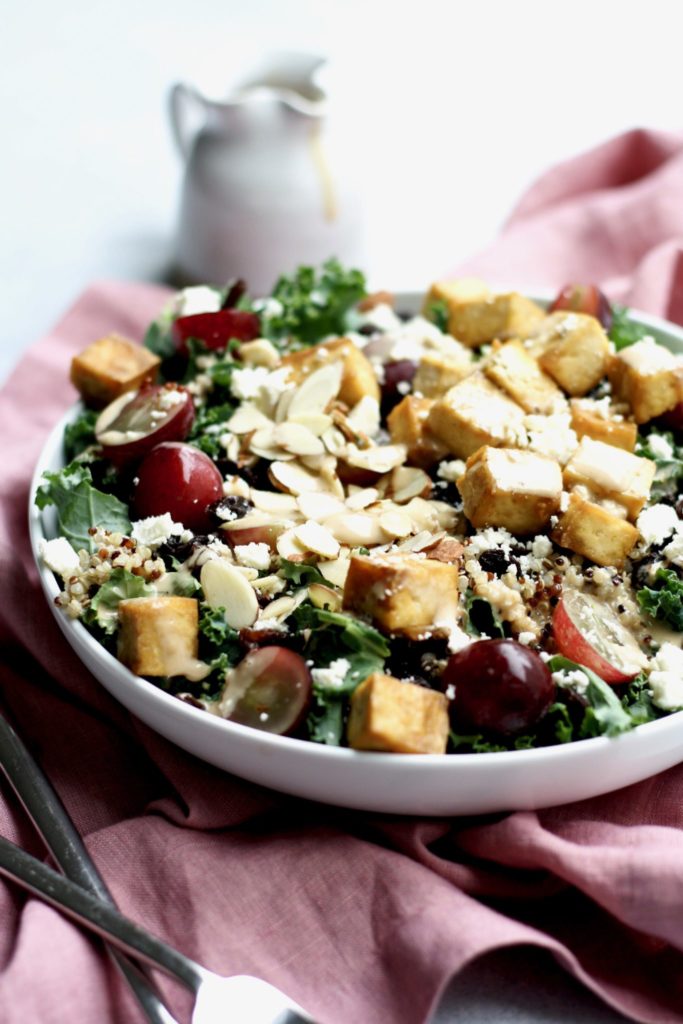
Calcium is the most abundant mineral in the body and nearly all body processes require calcium. It is found mainly in the skeleton where it plays a structure-function role but can also be utilized during periods of inadequate dietary intake. It is important in helping growth of strong bones and teeth for babies, the health of their hearts, nervous system and muscles as well as development of normal heart rhythm and blood clotting. Calcium has also been shown to reduce maternal blood pressure and lower risk of gestational hypertension and preeclampsia (particularly in those with previously low calcium intake). Additionally, when maternal calcium levels are low, the baby will resorb what it needs from the mother’s bones, which may lead to issues for the mother down the road.
Find Calcium in: Dairy products (such as milk, yogurt and cheese), calcium-fortified orange juice and soy milk, kale, turnip greens, tofu, sardines, canned pink salmon (with bones).
Zinc
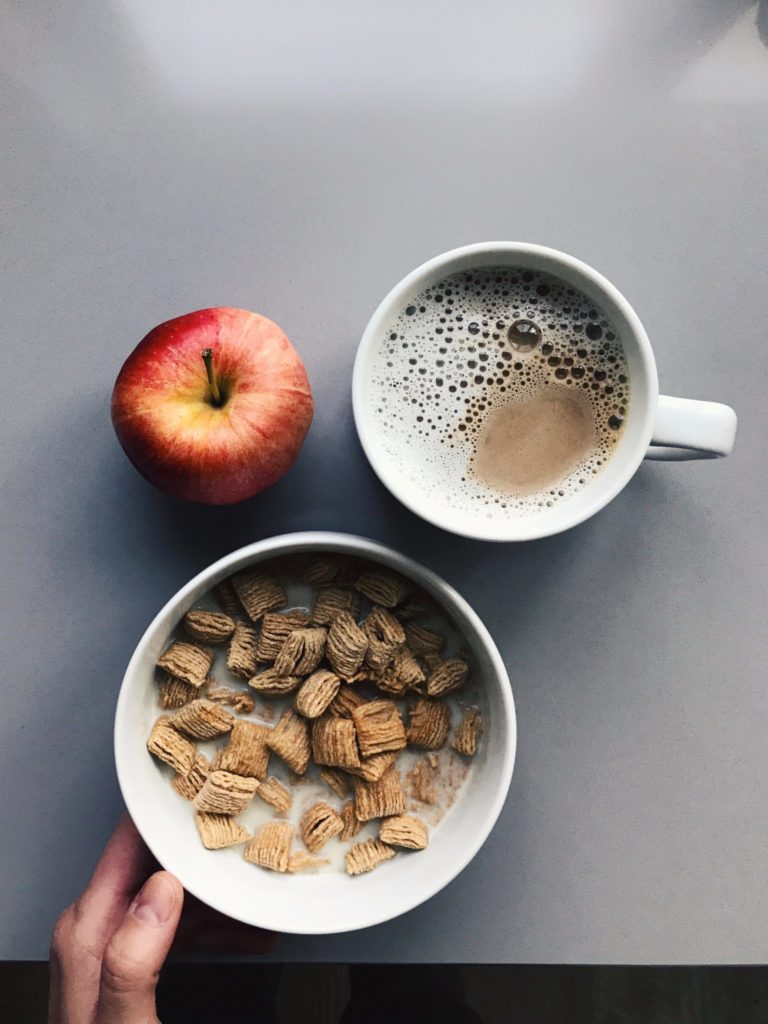
Most physiological processes require zinc. It plays critical roles in cell division, hormone metabolism, protein and carbohydrate metabolism as well as immunocompetence (i.e. things like supporting your immune system and healing wounds). It also plays a role in maintaining one’s sense of taste and smell. Your baby relies on zinc for cell growth and production and function of DNA. Getting enough zinc is especially important during pregnancy to support the large amount of rapid cell growth that occurs. Needs increase to about 11-15mg/day during pregnancy half of which is deposited into the fetus and one-quarter into the uterus.
Find Zinc in: Fortified cereals, red meat, shellfish, poultry, beans, nuts, whole grains, and dairy products.
Folate (Folic Acid)
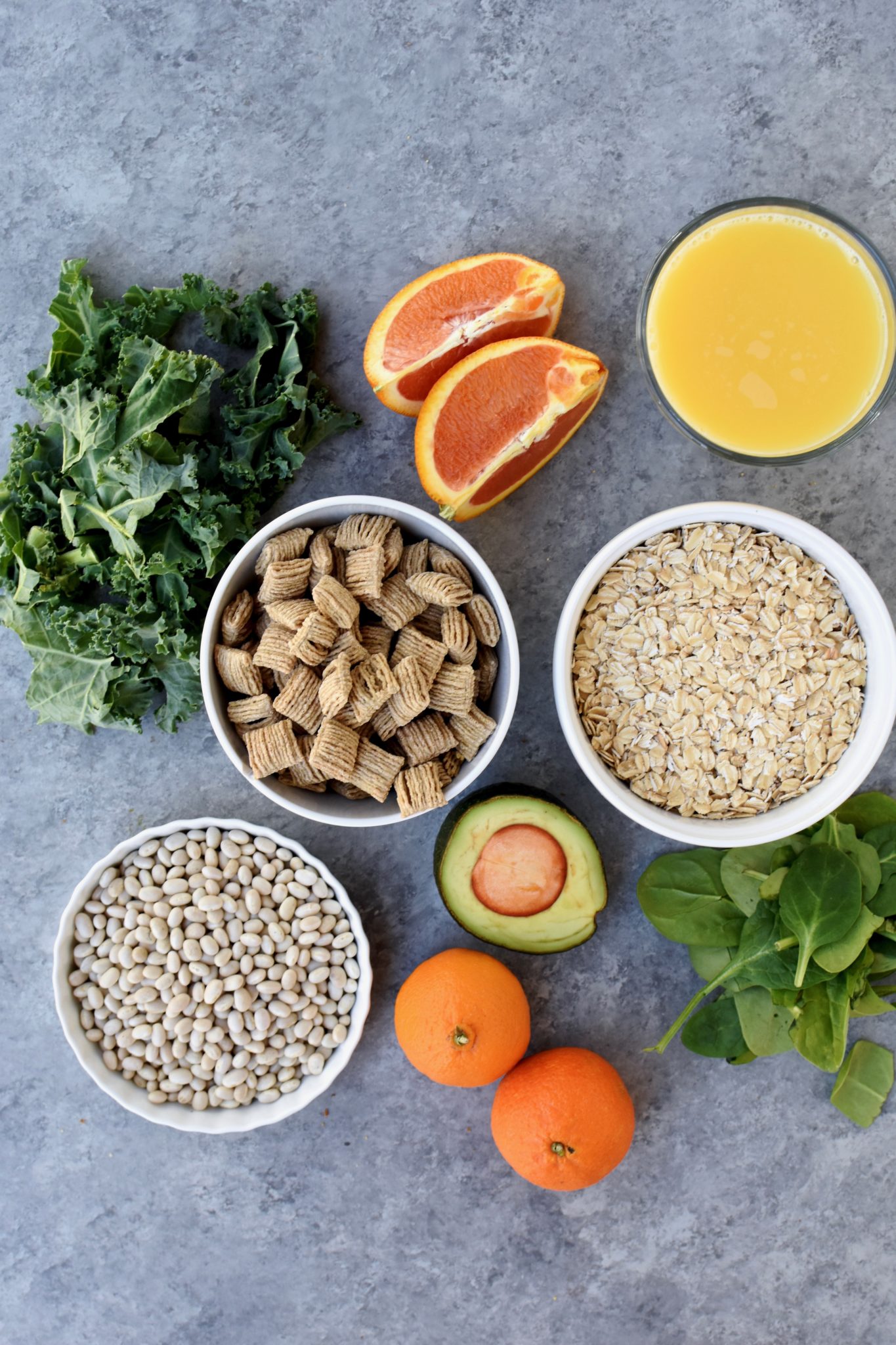
There’s a significant increase in the use of folate by the body during pregnancy due to things like the increased rate of cell division in both maternal and fetal tissues and deposition in the fetus. Studies have shown that appropriate intake of folic acid during early pregnancy (usually achieved via a supplement, given such high needs) is critical for DNA production (which are the building blocks of our cells), promoting growth of red blood cells and potentially reducing risk of other birth defects. It is recommended pregnant women consume 200 micrograms/day of synthetic folic acid in addition to the recommended 400 micrograms/day from dietary folate. This is because food folates have only about half the bioavailability of the synthetic folic acid form.
Find Folate in: Citrus fruit and juice (such as orange juice), dark green leafy vegetables, dried beans, peas and nuts, avocado and fortified breakfast cereals.
Vitamin A
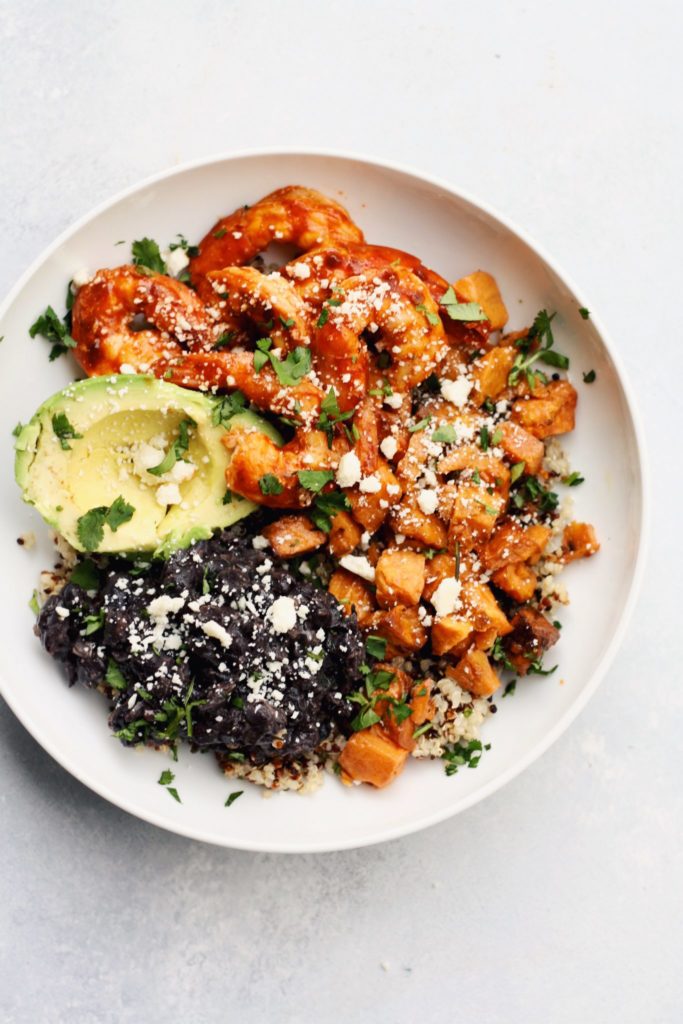
Vitamin A is important for the development of organs (such as the heart and lungs), bones, and eyes as well as the circulatory, respiratory, and central nervous systems. It also aids in repair of tissue for women postpartum.
Find Vitamin A in: There are two types of Vitamin A: preformed vitamin A and provitamin A carotenoids. Preformed vitamin A (also known as retinol) can be used directly by the body and is found in animal products (such as eggs, milk, and liver). Provitamin A carotenoids are found in fruits and vegetables (particularly orange-hued), that your body can convert into retinol.
Essential Fatty Acids (EFAs)
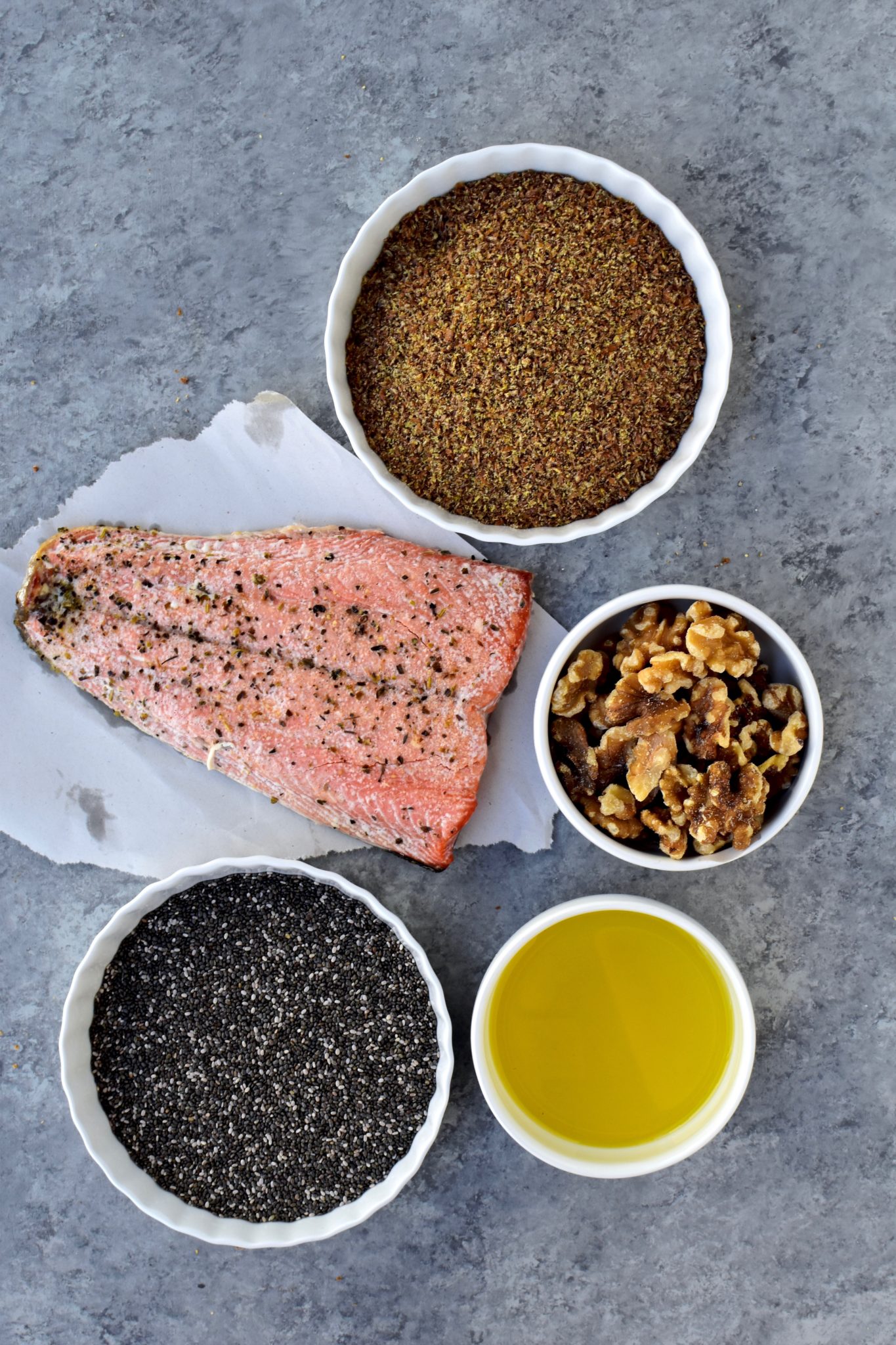
The term ‘essential’ here not only means they’re necessary, but also that they must be consumed in the diet (our bodies are not able to make them like they are some other nutrients). If you’ve ever looked at a nutrition label and seen “Omega-6 (Linoleic Acid)” or “Omega-3 (Alpha Linolenic Acid),”, these are Essential Fatty Acids (or EFAs). Without getting too technical, EFAs also include other acronyms you might recognize from a nutrition label: linolenic acid-derived EPA (eicosapentaenoic acid) and DHA (docosahexanoic acid) and linoleic acid-derived AA (arachidonic acid). The fetal supply of EFAs relies on the maternal status which declines as pregnancy progresses. Studies have shown that the neonatal DHA status is associated with factors including head circumference, birth weight and length, cognitive and retinal function. The adequate intake (AI) recommendation for linoleic acid goes from 12 to 13g/day and 1.1 to 1.4g/day for linolenic acid.
Find Essential Fatty Acids in: Fish (read more about seafood consumption during pregnancy here), eggs (with the yolk), vegetable/seed oils, flaxseed, english walnuts, animal products – see a more exhaustive list here
Vitamin B6

Put simply, Vitamin B6 aids amino acids in doing all the various jobs they need to do within the body. Essentially, if amino acids are bricks, Vitamin B6 is like the cement that holds these bricks together when stacked. B6 plays an essential role in brain and nervous system development for the baby. It has also been shown to help reduce the risk of neural tube defects.
Find Vitamin B6 in: Meat, soybeans, avocados, bananas, watermelon, wheat germ, brown rice, bran, oatmeal, potatoes, tomatoes and spinach.
Iodine
Iodine is critical to the development of your baby’s brain and nervous system as well as regulation of his or her metabolism.
Find Iodine in: Iodized salt, dairy products, eggs, vegetables, seafood and brewer’s yeast.
Of course, all nutrients are important. The best way to approach a pregnancy diet is the same way I recommend you approach a non-pregnancy diet: eat a balanced and varied diet working to incorporate key food groups, choose a variety of colors and prioritize whole foods over processed whenever possible.
Most doctors will recommend incorporating a prenatal vitamin to meet the increased nutrient needs during pregnancy.
Above all else, always talk to your OB about what they recommend for you and your needs when/if you’re considering adding or starting anything new to your daily routine.
0
Leave a Reply